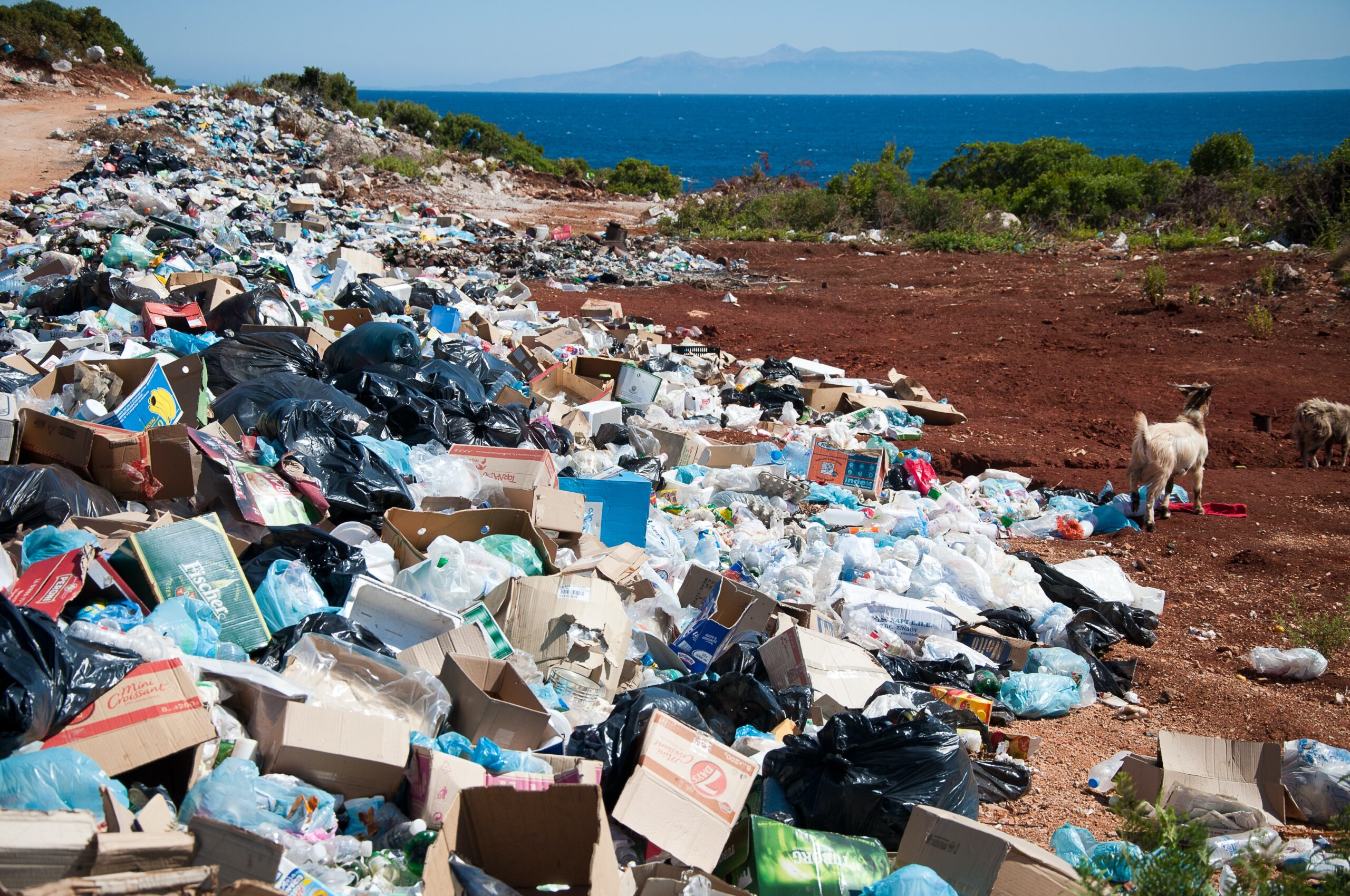If you’re teaching human or world geography, or a current issues course, a few good documentaries are essential. How they’re able to bring to life otherwise large, abstract topics is probably as valuable as a stack of papers that graded themselves.
Seriously. For many global concepts, you really need to show real people in the world living them out for it to stick with students. And I know these films make some of the biggest impacts on my students because examples from them always show up the most in their end-of-unit essays.
I like to weave one in every couple of weeks between news articles and data graphs in my Global Issues course. The class is a blend of human geography, environmental science, and current issues so we cover things like extreme poverty, globalization, and sustainability.
Since I teach it at the high school level, I’ve noted which films are best suited for high schoolers and which would also be good for middle school students. Links to detailed viewing activities are also included. Enjoy!
Population & Poverty
Japan’s Demographic Time Bomb (50 minutes) is a great way to showcase the other population growth problem that doesn’t get a lot of attention—population decline. For the last several years, Japan has had more people die than babies born. More than that, its people are living well into their 80s. And the effects are already negatively impacting their economy. Many other industrialized nations are only a decade or two behind Japan and are looking to them see what to do.
This documentary looks at the causes for this decline, including some of the cultural traits that have only intensified it. It’s set up in a very consumable history-problems-solutions format, making it easy for students to analyze and discuss.
This is part of my unit that focuses on this paradoxically simultaneous problem of explosive population growth and decline.
While nothing is inappropriate, this film is likely better for high schoolers. You can watch it for free on YouTube.
Living on One Dollar (1 hour) is nothing short of inspiring. Four college friends make a real-life study out of their economic coursework and spend eight weeks one summer living in a small Guatemalan village where the average per-person income is about a $1 a day.
They humanize extreme poverty in a powerful way and argue for a simple solution—microfinancing—that’s helping lift many up and out of it.
As your students watch, have them identify the struggles as well as creative solutions people in this village experience.
I show this film as part of my Global Issues intro unit, where we compare things like standards of living, technology, and wealth across the world. One boy in the film, Chino, always makes an impression on my students as they see how he’s just a regular kid, despite the enormous disadvantages he has.
This is an engaging film for both middle and high schoolers. You can stream it free on Vudu.
Globalization
2 Million Minutes: A Global Examination (1 hour) showcases six high-achieving teens, two each from China, India, and the United States, and how they spend their 2,000,000 minutes (four years) of high school.
Your students might have a sense that their Chinese and Indian counterparts study more, but they’ll be shocked to see it’s nearly twice as much as the average American teen. This film, though, is about more than just minutes.
Have your students watch and reflect on the values these teens have about high school.
Of course, no two people could ever accurately represent the tens of millions that exist in their countries, so certainly stress this when showing it. And even ask your students if they feel accurately represented by Brittany and Neil, the two American teens.
I use this film as part of our Globalization unit because it really puts into perspective the global future of job competition and opens their eyes in a real way to something they may have been taking for granted.
It works great for both middle and high schoolers. If you have a public library card, you can watch it free on Kanopy.
American Factory (2 hours) is another great film depicting globalization. It follows the opening of the Chinese-owned Fuyao glass manufacturing company in Midwest America.
Have students watch for the labor and cultural conflicts that arise as the CEO and his employees work through the difficulties of opening a new factory in a very different country.
This one is best suited for high school students. It is available on Netflix.
Pollution & Sustainability
The World’s Most Polluted River (45 minutes) serves as a case study of the problems that plague many of the world’s rivers: too many stakeholders relying on its water, including factories.
This documentary focuses on the Citarum River that flows through Indonesia, supporting some 25 million people’s agricultural, industrial, electricity, and basic freshwater needs. As students will learn, this river on the other side of the world does involve them directly.
The film investigates how the textile factories that line the river dump countless toxins into the water. These factories supply the cloth that is made into some of the “fast fashion” clothing brands your students know and wear.
As they watch, have your students consider the ways different stakeholders use and affect the water of this river.
A large part of my Global Issues course is focused on natural resources and sustainability, and this film is part of our unit on the world’s freshwater supply.
This one works for both middle and high school and you can it watch free on YouTube.
Last Call at the Oasis (1 hours, 45 minutes / PG-13 for a couple cuss words) is a similar film that I’d recommend for older students. It goes more in-depth into the issues of groups competing for an ever-dwindling resource as well the harm that pollution is having on the available supply.
The film digs deeply into the perspectives of farmers, city planners, and environmentalists, and their differences over how to use the water they have. Plus, it brings in activists, like the famed Erin Brockovich, who are trying to keep people’s waters clean.
Have your students analyze the perspectives and roles of all these stakeholders as they watch.
You can stream Last Call for free on Kanopy and Vudu.
Just Eat It (1 hour, 15 minutes) follows a Canadian filmmaking couple on an unusual challenge: to eat only discarded food for six months. Basically, food that’s headed to (or already in!) the garbage. Their experiment will shock your students.
The biggest eye-opener is the main statistic that drives the whole film—that upwards of 40% of food produced in the US is ultimately thrown out. Worldwide it’s 33%, which is well more than what’s needed to end hunger. Also surprising is the environmental impact all this waste has.
We don’t usually think about food when we talk about waste, so I love including this movie in my garbage unit to compliment the problems that exist with plastic.
Before showing, I have students guess the stats that’ll be revealed in the film, including how much their salvaged food would have cost and how many pounds one of them gained over the 6-month experiment. Both are impressive.
Middle and high schoolers alike will enjoy this one and you can watch it free on YouTube and Tubi TV.
Pump! (1 hour, 20 minutes) examines the history of gasoline, focusing on how it came to monopolize what powers our vehicles and the alternative fuels that currently exist, just on the fringes.
It will take decades to fully transition the world’s cars to clean energy, but the process has already started, which your students might not realize.
I like how this film follows a straightforward history-problems-solutions format, which makes it a great way to introduce (or cover in a short amount of time!) several of the items we will go further in-depth on in my fossil fuel unit.
Being a bit longer, this film may be better for older students. You can watch this movie free on Vimeo.
These films make abstract, global-sized concepts consumable and memorable in an hour or so. Perfect for your geography, environmental science, or current issues class! For a super easy and impactful lesson, grab one my assign-and-go viewing kits, which are available for every film listed above.

Feature image photo credit: Sam McGhee









